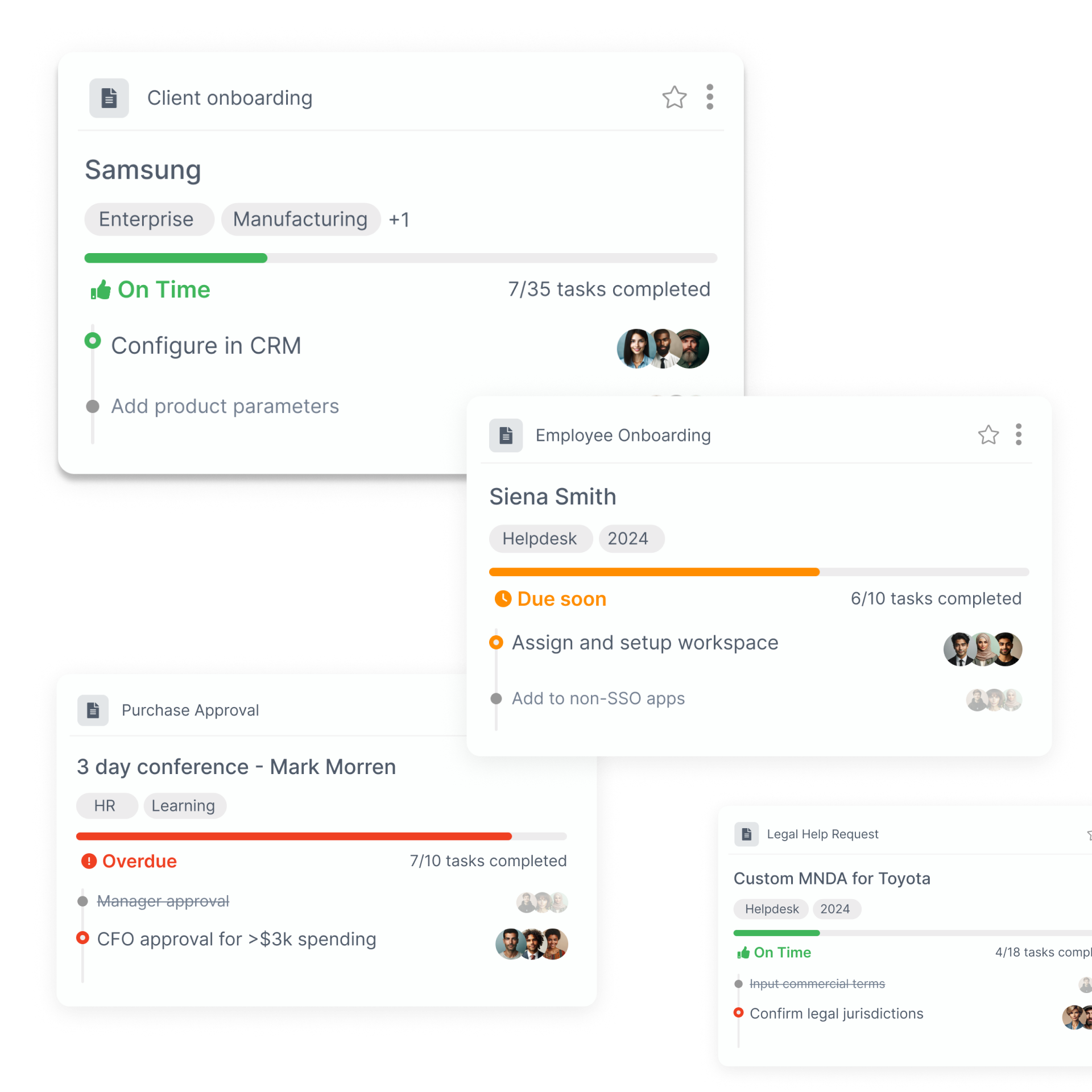Whether your organization produces goods or offers services, the service process defines the customer experience. It will either lead to customer satisfaction, referrals, and repeat business, or even disappointment. As a business owner or manager, it is vital for you to be in control of the service process.
The way in which we serve our clients is so important that a systematic process that will give a company an advantage over its competitors becomes essential. Even if the goods and services you offer are very similar to those of your competitors, the way in which you serve your clients (the service process), can give you the competitive edge. Naturally, if you are in a service industry, the service process is all the more important.
The Service Process Defined
We can define the service process as the way in which a company works so that a customer receives service. To standardize this in line with the company’s identity and aims, managers will work on:
- Determining procedures which contribute to the process
- Allocating tasks and responsibilities
- Formulating effective schedules and routines
- Defining service mechanisms and process flows
The shape that the service process will assume will depend on two primary factors:
- The type of service process
- The degree of customer contact
Next, we’ll look at each of the three broad types of service process namely:
- Line operations
- Job shop operations
- Intermittent operations
What is Tallyfy?
Tallyfy helps you document and automate tasks between co-workers and clients
Click here to learn about TallyfyTypes of Service Process
1. Line operations
Line operations progress in a linear fashion. Thus, the client passes through a sequential experience beginning at point A, when they first enter the store or contact the business. Now, service delivery passes through a number of processes before finalizing the transaction.
Although this is perhaps the simplest of the service processes to understand, it has several drawbacks. If one element in the linear operation is flawed or bottlenecked, the client will judge the service as a whole based on this weak area.
It’s also not a service process that allows for much flexibility. That does make controlling it easier, but it would only suit a standard offering that implements repetitive processes with little or no variation. This type of service process is the easiest to automate because it is so standardized. Every customer has a similar customer experience, and the service process does not vary.
2. Job Shop Operations
This type of service model provides customer satisfaction by tailoring the service to the client’s needs. For example, a professional organization such as a law firm or a bespoke service such as that which a carpenter may provide is only open to a limited level of standardization. Each client’s needs will vary to some degree, and the service process must, therefore, vary accordingly.
Being able to offer flexibility makes this model attractive, but it can complicate scheduling and workflows.
3. Intermittent Operations
Some service projects are unique and seldom repeated. For example, construction projects or branding initiatives would fall under this category. In most instances, the projects themselves are of a relatively large scale. They will involve bringing together several elements so that they can work harmoniously.
Planning will be key, and managers would evaluate each project independently in order to determine what process flows would contribute to the final result: providing the desired service to its clients. Critical path analysis is often used in this context.
Degree of Contact
The human element of contact with the client influences the complexity and variability of the service process. When there is little customer contact, it is easier to adopt a linear approach. However, high contact service processes will require greater flexibility, and managers and operational staff can expect a degree of disruption.
In high contact service processes, clients will:
- Expect some input into the business processes that affect the service
- Expect similar service levels regardless of current demand
- Judge the quality of the business based on their experience of the people with whom they interacted
High contact systems are the most demanding for businesses to manage effectively because:
- Scheduling becomes more complicated
- The processes can be difficult to standardize or automate
- They may need to coordinate low and high contact service systems simultaneously
Developing and Maintaining the Service Process
Developing a service process may sound easy. After all, you merely need to map the process that employees will follow when serving their clients. A low contact, linear service would be the easiest to map. For example, when entering a self-service restaurant, clients would collect a tray at the door, collect a plate and eating utensils, select the foods they want, and proceed to the checkout.
Or, it can also be extremely complex, with multiple, completely different, interactions with the client throughout the lifetime of the relationship.
Mapping every step of interaction with the customer using a workflow diagram can be extremely helpful in designing the right service process.
Digital Tools: Develop, Evaluate, Allocate, Monitor
For companies with a few, high-profile clients, you’d want to take special care of each one. A single mistake could result in losing an important client.
Workflow management tools such as Tallyfy allow you to design the general service process, which you can then re-use for each new client. This streamlines the entire experience, leaves no room for error, and ensures customer satisfaction. So, why don’t you schedule a free demonstration?

